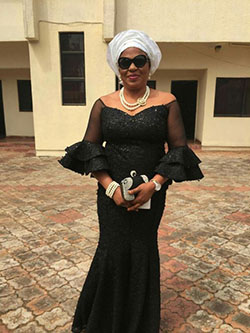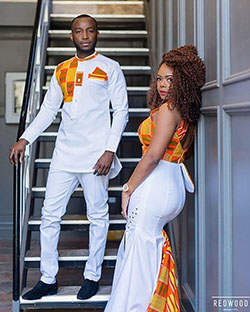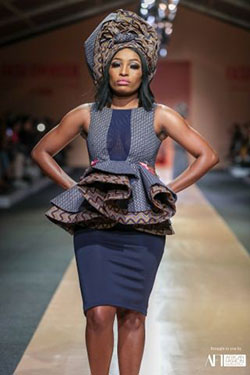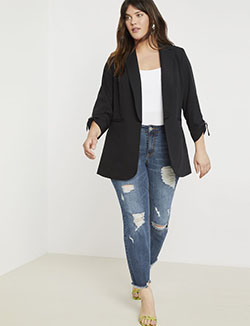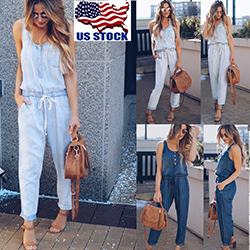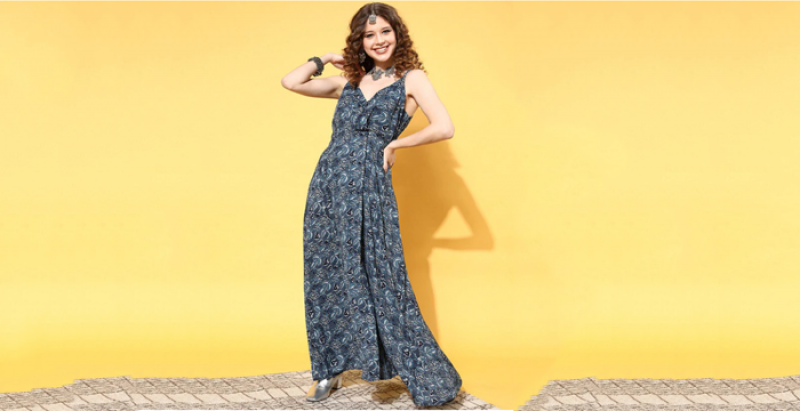_1693467417.jpg)
Biker culture has significantly impacted men's fashion over the years, blending rebellion, ruggedness, and a distinctive style. This culture, often associated with motorcycle clubs and the open road, has left an enduring mark on fashion due to its iconic elements and evolving trends.
The enduring appeal of biker fashion lies in its rebellious spirit and masculine aesthetics. Key elements like leather jackets, denim, boots, goggles, chains, and studs are not just for fashion. They have been symbols of freedom, nonconformity, and adventure for bikers.
Over the years, biker fashion has evolved, adapting to changing cultural and style norms. In the mid-20th century, it was synonymous with the "bad boy" image, heavily influenced by icons like Marlon Brando and James Dean. In the 1960s and 1970s, it gained countercultural significance with the rise of motorcycle clubs like the Hells Angels.
In the 1980s and 1990s, biker fashion saw a mainstream resurgence, with rock stars and fashion designers embracing the look. The leather jacket, in particular, became a timeless symbol of coolness. In recent years, biker fashion has been reimagined, blending with streetwear and high fashion, making it more accessible and versatile than ever.
The Birth of Biker Culture
The origins of biker culture can be traced back to post-World War II America. After the war, many veterans found solace and camaraderie in riding motorcycles. These war-weary veterans sought an adrenaline rush and a sense of freedom, which they found on two wheels. They often customized their military surplus motorcycles, creating a distinctive look that would become synonymous with biker culture.
Motorcycle clubs played a crucial role in shaping biker culture. These clubs, often formed by returning veterans, served as a brotherhood where members shared a deep bond over their love for motorcycles and the open road. The clubs provided a sense of belonging and purpose to the war veterans who often felt at odds with the norms of society.
The Hells Angels, which was founded in 1948 in California, became one of the most iconic and notorious motorcycle clubs in the history of America and contributed significantly to the image of outlawed bikers. A lot of fashion statements adorned by the members heavily influenced the jackets, goggles, and other accessories that are worn by bikers to this day.
Hollywood Endorsed Biker Fashion Culture

In the subsequent years, iconic actors and their roles in Hollywood movies gave a significant boost to biker fashion culture. Marlon Brando's portrayal of Johnny Strabler in the 1953 movie "The Wild One" is often credited with bringing the image of the rebellious biker to mainstream audiences.
His leather jacket and defiant attitude became emblematic of the biker persona. James Dean's role in "Rebel Without a Cause" (1955) further solidified the association between motorcycles and rebellion. His character's red jacket and Triumph motorcycle made an indelible mark on pop culture.
Directed by and starring Dennis Hopper and Peter Fonda, "Easy Rider" (1969) epitomized the counterculture movement of the 1960s. It followed two bikers on a cross-country journey and became an iconic representation of the free-spirited, anti-establishment ethos of the time.
Hunter S. Thompson, known for his gonzo journalism, spent time with the Hells Angels motorcycle club and wrote about his experiences in "Hell's Angels: The Strange and Terrible Saga of the Outlaw Motorcycle Gangs" (1966). This book shed light on the outlaw biker subculture and contributed to its mystique.
The punk rock band ‘The Ramones’ popularized leather jackets as part of their uniform. Their minimalist style, characterized by leather jackets, T-shirts, and ripped jeans, was a precursor to the punk fashion movement of the 1970s. The famous stunt performer Evel Knievel often wore a leather jumpsuit, which was essentially a one-piece leather jacket. His fearless feats and distinctive outfit contributed to the rugged and daring image associated with biker culture.
These iconic figures not only captured the essence of biker culture in America, but the rebellious, free-spirited image of bikers also influenced fashion and art to the present day.
Jackets, Goggles, Boots, and Metal Accessories: Symbols of Rebellion
We all know that leather jackets are a staple of biker fashion and resonate perfectly with the rebellious spirit of their culture. Bikers originally chose leather jackets for their practicality, as they offered protection against wind, rain, and road debris during long rides, making them the ideal outerwear for motorcyclists.
Leather jackets also have an inherently tough and rugged look that suits the rebellious ethos of biker culture. The resilience of the material, combined with features like asymmetrical zippers, studs, and patches, gave bikers a distinctive and defiant appearance, and the jackets became part of a fashion statement for people who did not agree with the mainstream laws of modern society.
The jackets were often accompanied by high-rise leather boots that offered protection during long rides. The rugged designs with thick soles reinforced the culture’s tough image and were subsequently welcomed with open arms by the men’s fashion industry. Biker boots became the new cowboy boots for men who wanted to display their manhood through fashion choices.
Denim also became a fundamental component of biker fashion in the form of pants, vests, and jackets. Denim was also adopted for its comfort, durability, and practicality for motorcycle rides. Denim wear also helped add grease and oil stains to the fashion of being on the road recklessly and carefree. They also served as canvases for club patches and insignias, allowing bikers to display their affiliations and accomplishments proudly.
American Legend Rider notes that goggles worn by bikers have transcended their purely functional roles to become fashion accessories in a variety of styles. Vintage aviator goggles harken back to the early days of aviation and biking. Their classic, retro designs with large round lenses and leather frames evoke a sense of nostalgia and adventure. On the other hand, Café racer goggles, inspired in the 50s and 60s, are known for their simple, timeless looks.
Some riders prefer tactical-style goggles that resemble military eyewear and often feature rugged urban frames with a modern and aggressive appearance. These days, many fashion-forward brands manufacture motorcycle goggles with designer frames, unique patterns, and high-quality materials that blend style and function. Bertoni, Daytona, and Bobster motorcycle goggles from americanlegendrider.com are some of the most popular choices when it comes to biker fashion these days.
Accessories like wallet chains and chain belts were not only for functional purposes but also represented a sense of solidarity among bikers, reinforcing their brotherhood and loyalty. Bikers also wore skull rings or other forms of anarchistic jewelry with personal or club-related significance, adding to the choice of accessories for those who embraced the fashion.
The Modern Biker Look

Biker fashion has evolved significantly to encompass a broader range of styles beyond its traditional, rugged, rebellious roots. Modern biker fashion is more inclusive, breaking away from its predominantly male-oriented origins. It now caters to riders of all genders and backgrounds, offering a wider array of options in terms of cuts, fits, and styles.
Biker fashion has intersected with streetwear, resulting in a fusion of urban and edgy aesthetics. It has led to the incorporation of streetwear elements such as oversized silhouettes, graphic prints, and unconventional materials. High-end fashion designers have embraced biker culture, collaborating with motorcycle brands or drawing inspiration from it. It has elevated biker fashion into the realm of luxury, with designer leather jackets and accessories becoming highly sought after.
There's a growing movement toward sustainable and eco-friendly biker fashion. Brands are using environmentally friendly materials and production processes to align with the values of conscious consumers. Riders often personalize their gear with unique patches, embroidery, and artwork, allowing for greater self-expression. With the rise of smart textiles, modern biker gear can include tech-savvy features like built-in communication systems and impact protection.
Numerous celebrities and influencers have embraced the modern biker look, helping to popularize this style. During Paris fashion week, Zendaya was spotted wearing an oversized black and white leather biker jacket with sunflower yellow panels at Louis Vuitton’s after-party. In fact, she had donned a head-to-toe leather look for the event.
David Beckham, known for his rugged yet refined style, frequently incorporates biker-inspired elements into his outfits, from leather jackets to motorcycle boots. Travis Scott, the rapper and fashion icon, often incorporates biker-inspired elements into his stage and street style, exemplifying the fusion of streetwear and biker culture.
Social media influencers and fashion bloggers have also played a significant role in promoting modern biker fashion. They showcase their unique interpretations of the style, inspiring their followers to embrace the look in modern times.
So, as we can see, biker culture and fashion have left an indelible mark on the fashion landscape, evolving significantly over the years. From its post-World War II origins rooted in rebellion and freedom, biker fashion has expanded to encompass a diverse array of styles and influences.
Over the years, it has become more inclusive, drawing inspiration from streetwear, high fashion, athleisure, and sustainability. Designers have elevated biker elements into luxury items, and celebrities and influencers have embraced the modern biker look, solidifying its place in contemporary style.
But throughout this evolution, the enduring appeal of biker fashion remains grounded in its rebellious spirit, rugged aesthetics, and the individualistic statement it continues to make in the world of fashion.



